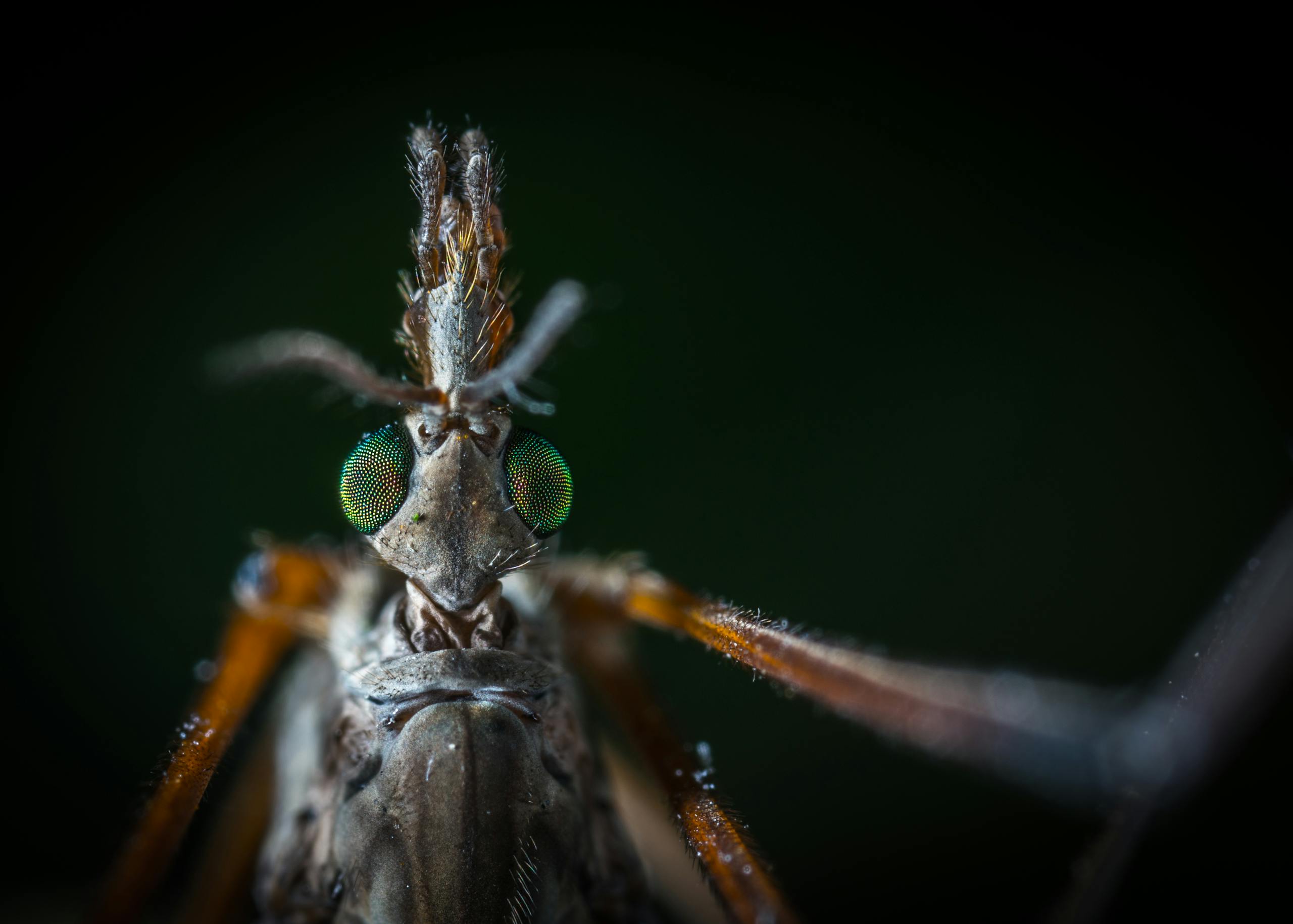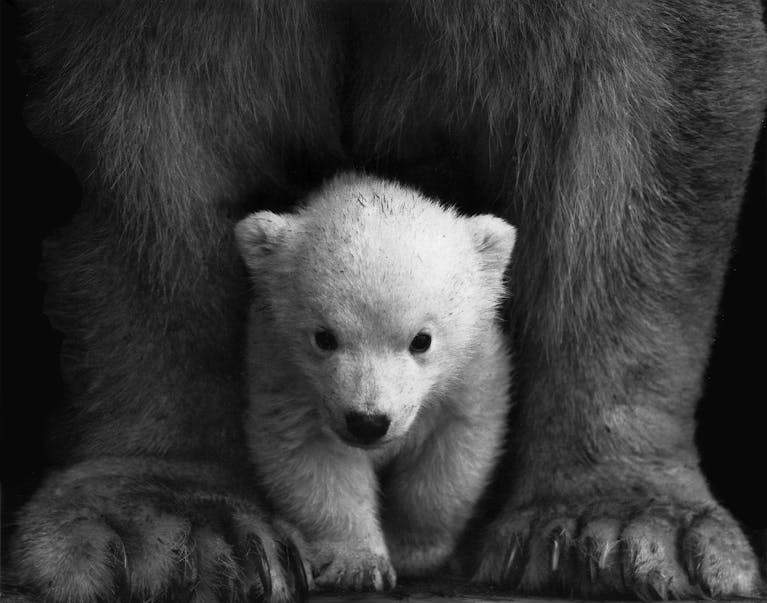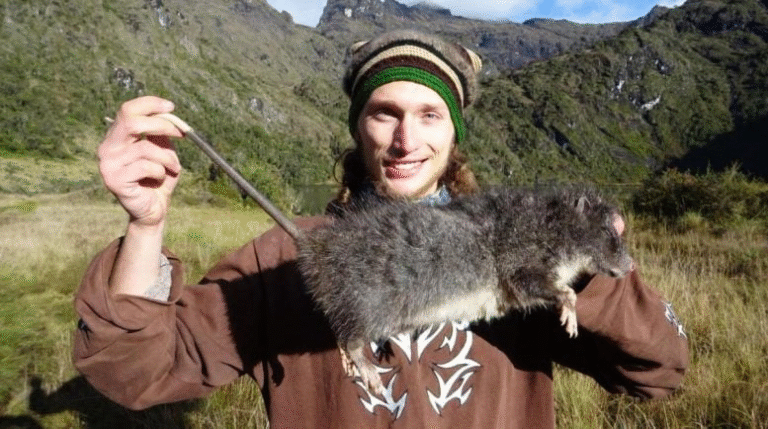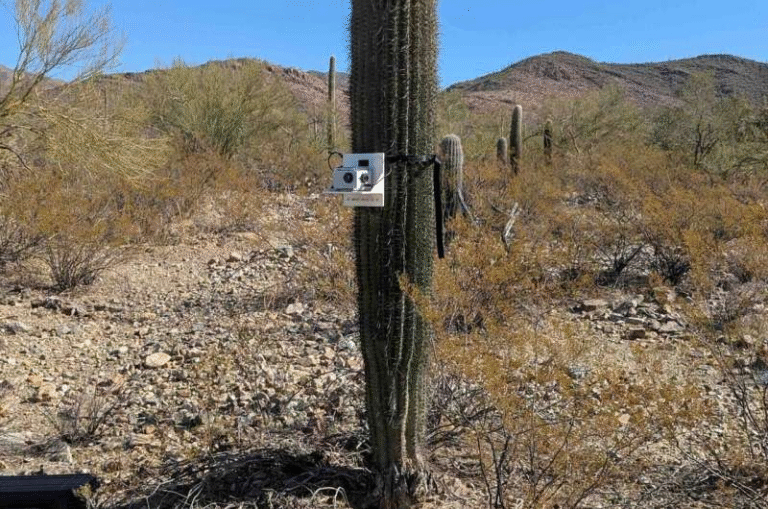Disease-Carrying Mosquitoes and Their Hybrids Are Expanding Across North America

A new study has revealed that disease-spreading mosquitoes—and their hybrids—are steadily moving across North America, raising concerns about the growing risks of West Nile Virus (WNV) and other mosquito-borne diseases. The findings, published in the journal One Health (2025), provide a detailed look at how two closely related mosquito species, Culex quinquefasciatus and Culex pipiens, are shifting their ranges and mixing genetically in new regions.
The Expanding Range of Mosquitoes
The research, led by Utah State University (USU) ecologist Norah Saarman and her team, highlights the northward movement of the Southern House Mosquito (Culex quinquefasciatus), commonly nicknamed “Quinx.” This species, which has traditionally thrived in warmer southern climates, is now being found in mid-latitude regions of North America, including Utah—a state where it was not previously established.
Alongside this expansion, the scientists have documented the emergence of hybrid mosquitoes—offspring resulting from interbreeding between Quinx and its northern relative, the Northern House Mosquito (Culex pipiens). These hybrids are not only surviving but spreading even ahead of Quinx itself, acting as an early wave of potentially disease-carrying insects in new habitats.
The researchers describe these hybrids as genetic “scouts” or outriders, spreading key traits that enable disease transmission—such as higher virus replication rates—before the parent species arrives. This means that disease-carrying genes are reaching new regions faster than ever.
Why This Matters for Public Health
Both Culex pipiens and Culex quinquefasciatus are capable of transmitting West Nile Virus, but the southern species, Quinx, is more efficient at doing so. The growing presence of Quinx and its hybrids in new territories could lead to an increased risk of infection among humans and animals.
In Utah, West Nile Virus was first detected in 2003, and the number of infections has steadily increased ever since. According to the Centers for Disease Control and Prevention (CDC), more than 47 people in the state became seriously ill from the virus in 2025, with three deaths reported. However, because only about 1 in 112 infections are detected through testing, researchers estimate that the true number of infections in Utah this year could exceed 5,000 cases.
West Nile Virus can lead to serious complications such as meningitis, encephalitis, and Acute Flaccid Paralysis, which may cause long-term health problems or even death.
How the Study Was Conducted
The team, which included graduate students Katelyn Graybeal, Tyler Seeley, Emily Calhoun, and Eric Jenkins, along with USU faculty member Andre De Lima Moraes, collaborated with VecTech, Inc. and the Connecticut Agricultural Experiment Station.
Using AI-powered identification tools and DNA-based methods, they were able to accurately distinguish between mosquito species and detect hybrids. These technologies have greatly improved researchers’ ability to monitor mosquito population shifts, genetic exchanges, and disease-vector risks across large regions.
The study covered mid-latitude regions of North America, mapping changes in mosquito distribution and the boundaries of hybrid zones. The researchers observed that these hybrid boundaries are moving northward, a strong sign that climate and environmental factors are enabling mosquitoes to survive in previously unsuitable areas.
The Role of Climate and Urbanization
The main forces driving this mosquito migration are climate change and land-use change. As global temperatures rise, previously cooler regions become suitable for mosquito survival. Warm, wet conditions extend the breeding season and increase mosquito longevity, giving them more opportunities to spread viruses.
Urban development has also played a key role. Mosquitoes need two basic things to survive—blood and water. As Utah and other states continue to grow, urbanization creates countless microhabitats that attract mosquitoes: irrigated lawns, birdbaths, storm drains, and pet bowls all provide perfect breeding sites.
Even though Utah is known for its dry summers, mosquitoes are finding enough water from human sources to thrive. Researchers believe the spike in West Nile Virus cases in early September occurs because it takes several months—typically from May to August—for the virus to circulate between birds and mosquitoes until it reaches a high enough level to spill over into humans and animals, including dogs, cats, and horses.
Tracking the Spread
Saarman’s team emphasizes that their data are crucial for improving vector surveillance—that is, tracking where disease-carrying mosquitoes live and breed. The information can help public health agencies target their mosquito-control efforts more effectively and reduce off-target impacts of insecticide spraying.
One key challenge is the rise of insecticide resistance. As mosquitoes are exposed to control chemicals, they can evolve resistance genes that make them harder to kill. Knowing which species—and where—these resistances are appearing helps mosquito-control programs adjust their strategies.
The Bigger Picture: Mosquito Ecology and Disease
The Culex pipiens complex, which includes both Quinx and pipiens, has long been studied for its role in disease transmission. These mosquitoes are night-biting species that often breed in stagnant or polluted water, unlike Aedes mosquitoes, which prefer clean, small containers and transmit diseases such as dengue or Zika.
Culex species are primary vectors of West Nile Virus, Saint Louis Encephalitis, and avian malaria. They also play a role in spreading diseases that affect both wildlife and domestic animals.
Hybridization between mosquito species is not new, but it is becoming increasingly important as a driver of evolution in insect populations. When hybrids form, they can inherit beneficial traits from both parent species—such as cold tolerance from northern mosquitoes and efficient virus transmission from southern ones. This combination can make hybrids especially resilient and adaptable.
Scientists have already observed similar trends in other regions. For example, in parts of the United States Gulf Coast, hybrids have been found for over a decade. What’s new is how far north these hybrids are now appearing and how quickly they’re establishing themselves.
Seasonal Risk and Local Impacts
In Utah and neighboring states, mosquito activity usually peaks in late summer, and risks begin to drop after the first hard freeze in autumn. However, until temperatures fall below freezing for a sustained period, mosquitoes remain active and capable of transmitting the virus.
This pattern is especially concerning because it means WNV risk persists longer each year as the climate warms. Extended warm seasons allow mosquitoes to breed multiple generations, amplifying virus transmission cycles between birds and mosquitoes.
The study’s findings indicate that climate and urban landscapes together create a perfect storm for mosquito expansion. These changes are transforming areas once thought to be relatively safe into potential hotspots for mosquito-borne diseases.
What’s Next for Research and Management
The research by Saarman and her colleagues provides a foundation for integrated public health approaches that link ecology, evolution, and disease management. The team’s work will help authorities monitor mosquito genetics, identify emerging hybrids, and anticipate disease risks before outbreaks occur.
By combining AI analysis, DNA sequencing, and environmental monitoring, the researchers are building a system that can track how mosquito populations respond to climate shifts and human expansion. This approach is critical for early warning systems and vector-control planning.
Ultimately, understanding where and how these mosquitoes are spreading could allow local health departments to apply control measures more precisely, saving both money and lives.





